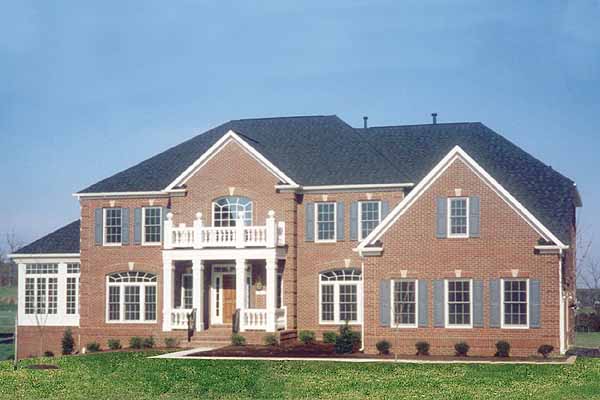MARGINAL LAND
Understanding Marginal Land in Real Estate
In the realm of real estate, the concept of marginal land holds significant implications for property valuation, development potential, and investment decisions. Marginal land refers to parcels of land that, due to various limitations and deficiencies, are deemed to be incapable of generating substantial income relative to the costs associated with its development and upkeep.
Factors Contributing to Marginality
Poor Access
Marginal land often suffers from inadequate access, whether due to remote location, lack of proper road infrastructure, or other limitations that impede convenient entry and egress. Such constraints hinder the land's attractiveness for development or productive use.
Challenging Terrain
Steep or irregular terrain poses considerable challenges for development, potentially increasing construction costs, limiting usable space, and impacting the feasibility of various land uses.
Drainage Deficiencies
Inadequate drainage can render land susceptible to flooding, erosion, and other water-related issues, significantly diminishing its potential for productive utilization and posing risks to any structures or improvements.
Irregular Lot Shapes
Irregular Lot Shapes
Odd-shaped or irregularly configured lots can limit the efficiency of development, potentially leading to underutilization of the land or complicating the design and layout of structures.
Implications for Real Estate
Valuation Considerations
Given the limited income potential of marginal land, appraisers and real estate professionals must carefully assess its value, accounting for the various deficiencies and constraints that diminish its utility and economic productivity.
Development Challenges
Developing marginal land often entails higher costs, complex engineering requirements, and potential regulatory hurdles, making it less appealing for investors and developers seeking viable and lucrative real estate ventures.
Alternative Land Uses
In some cases, marginal land may find alternative uses such as conservation, recreational open space, or other non-development purposes that align with its inherent limitations and characteristics.
Conclusion
The concept of marginal land underscores the importance of recognizing the diverse factors that influence the value and potential of real estate assets. Understanding the limitations and deficiencies associated with such land parcels is crucial for making informed investment decisions, conducting thorough property assessments, and exploring alternative uses that align with the unique attributes of marginal land. By acknowledging the complexities of marginal land and its implications for real estate, stakeholders can navigate the market with greater insight and prudence, ultimately contributing to more informed and strategic real estate practices.
MORE REAL ESTATE TERMS
A, B, C, D, E, F, G, H, I, J, K, L, M, N, O, P, Q, R, S, T, U, V, W, X, Y, Z
Featured New Home

Featured Mortgage Brokers
- FLAGSTAR BANK FSB, VIENNA, WV
510 GRAND CENTRAL AVE
VIENNA, WV 26105 - Altamont Mortgage Funding Inc, mortgage broker in Portland, OR
4380 SW Macadam Ave Ste 125
Portland, OR 97239 - Harvard Mortgage, mortgage broker in Albuquerque, NM
9551 Paseo del Norte NE
Albuquerque, NM 87122 - M AND T BANK, CHEEKTOWAGA, NY
80 HOLTZ DR STE 2
CHEEKTOWAGA, NY 14225 - PINNACLE CAPITAL MORTGAGE CORPORATION, PUYALLUP, WA
311 RIVER RD STE 202
PUYALLUP, WA 98371